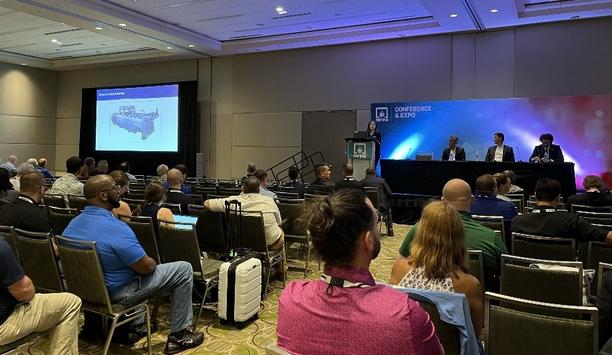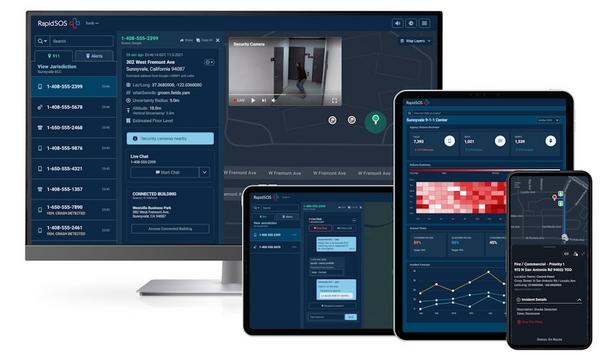The use of 3D concrete printing, also known as Building Additive Manufacturing (BAM), is on the verge of revolutionizing the construction industry.
Advantages include more design freedom, better customization, and greater productivity, but the new technology also comes with risks and challenges. One concern: Questions about fire performance and whether embracing 3D construction creates greater fire hazards in the building environment.
Estimating fire performance
Building Additive Manufacturing involves creating 3D objects by adding layer-upon-layer of material using 3D modeling software. Additive manufacturing equipment reads data from a computer file and adds successive layers of concrete (in the case of a building) to fabricate an object, such as a wall. The process produces up to 60% less waste than the use of conventional form-poured concrete.
For 3D printed buildings, multiple wall configurations and densities can be created as building design dictates, and each design has a related fire performance profile.
Researching the fire performance of various configurations of 3D-printed walls (whether solid, cavity, or composite) can help to guide fire prevention and response needs in the future as these buildings become more common.
Determining the performance of materials
How a construction material performs in a fire is an important criterion when designing a building
Because the technology is relatively new, there has been little investigation into the fire performance of the various types of structures.
How a construction material performs in a fire is an important criterion when designing a building, given that thousands of lives are lost every year from structural fires, especially in high-rise buildings.
Materials used
Researchers the University of Sri Jayewardenepura (Sri Lanka) and Northumbria University (England) have used finite element modeling (FEM) to quantify the fire performance of various 3D printed concrete (3DPC) wall configurations, in effect assigning numerical scores to the fire performance of materials with various densities and thicknesses. The modeling evaluated likely performance in realistic fire conditions and then validated the model with experimental results.
The material used in the boundary walls of a building plays an essential role in controlling or accelerating heat transfer in case of fire. Additional variables affecting fire performance include the density of the material, thickness of the wall, wall configurations, and the type of insulation.
Wall performance
Solid concrete wall configurations scored better fire performance than non-load-bearing cavity wall configurations in the research.
Walls with hollow cavity construction offer mechanical strength, use less material, and have a lighter weight. However, the research suggests that inferior performance in case of fire is a downside of the cavity wall configuration.
Numerical analysis showed non-load-bearing cavity walls were detrimental to the insulation failure fire rating, while sold walls resulted in superior fire rating.
Rockwool insulation
3DPC wall configuration incorporating Rockwool insulation showed better fire performance
A composite 3DPC wall configuration incorporating Rockwool insulation to fill the cavities showed better fire performance and also achieved weight reduction.
Rockwool insulation is stone wool insulation made from volcanic rock (basalt). Fire retardancy was shown to improve significantly, with the ability to last for up to five hours at high temperatures and retain up to 45% of their mass.
Applications and challenges
3D printed concrete walls can be used for building houses and for large-scale construction applications. While providing environmental and economic advantages, the use of 3DPC potentially provides future challenges for firefighters that are just now being understood.
Fire retardancy is an important aspect when evaluating building materials. The fire impact of these materials should be better understood now before they become more commonly used and it is too late.






































